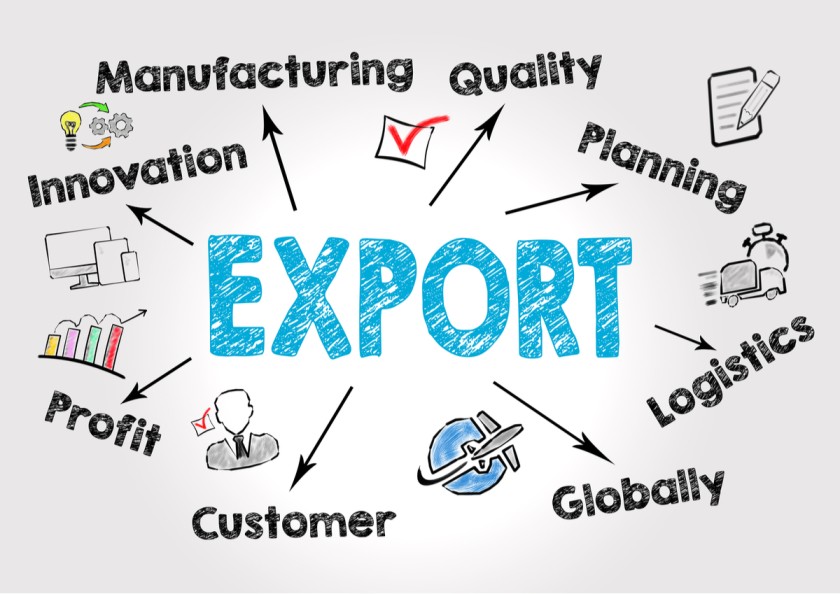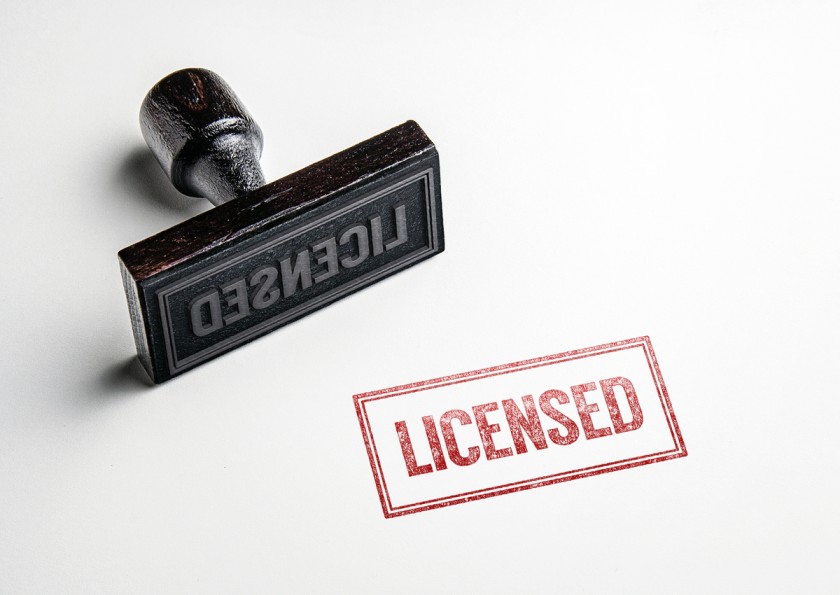The Dos and Don’ts of Garment Export: A Guide for Guaranteed Success in Business



Requirements and tastes change in seconds as urbanization and industry progress. Everyone nowadays enjoys everything that has been set to end, and clothing is no different.
As a result, it wouldn't be inaccurate to argue that readymade garment export is one of the essential aspects of the apparel business from a commercial standpoint. You've come to the right place if you're an entrepreneur considering import-export business ideas and want to launch a readymade garment export business. Without a doubt, exporting readymade garments is one of the best export business ideas you can pursue.
This article will act as a guide for you if you still have questions about how to start an import-export firm.
How to Launch A Garment Export Business In India: A Stepwise Guide
- As the First Step, Create an Export Strategy
The first stage in any successful business is planning. You'll need to devise a foolproof garment export strategy that gives you insight on some of the valuable aspects of garment export. This strategy will assist you in creating a blueprint and a clear understanding of your production goals.

An optimal export strategy is one that takes into account the company's strengths and disadvantages. This step entails crucial decisions on a variety of facets of the apparel export business, including product type, export costs, market selection, and business projections. Identifying the premade textile items you want to export is the first stage in building an export strategy. Check the products' export potential as well. Following the completion of the product, you must undertake market research on the countries that are interested in purchasing your apparel. Define a pricing strategy for your goods as well as a buyer acquisition approach.
- Create an Organization
The next stage in starting an export company is to form your sole proprietary concern/partnership firm/company, as required by the rules. Next, come up with an appealing name and logo for your company. Also, open a current account with a foreign exchange-authorized bank. This is a process you should be familiar with if you already possess a readymade clothes production business. It is, nonetheless, a critical step for novices who want to invest in the garment export industry.
- Obtain the Required Licenses
Export and import are highly regulated activities that necessitate a few licenses from the producer in accordance with foreign trade policy. A Permanent Account Number is required for each importer or exporter (PAN). Solicit a PAN number from the Income Tax Department. After that, you must apply for an importer-exporter code (IEC) Number.

You must also obtain the registration cum membership certificate as an exporter (RCMC). This is issued by the various Export Promotion Councils/Commodity Boards/FIEO or authorities. Goods and Service Tax (GST) registration and MSME registration are the other two required registrations.
- Monetary Evaluation
Before beginning your export venture, thoroughly investigate both internal and external funding options. Projecting the sales forecast for your export plan is an equally significant topic. The market's pre-shipment and post-shipment credit alternatives are a godsend for individuals looking to launch a garment export firm. In short, a successful garment export enterprise relies on effective financial analysis.
- Plan 6he Size of Your Factory and the Number of Workers
There are two ways to carry out the manufacture of your clothing business. You have the option of renting or buying a factory facility. Make sure there is enough space to install machinery and accommodate office personnel and other workers when picking a factory location.
Estimating the manpower needed for operations is another important aspect of the garment export sector. Take into account a variety of elements, including the number of workers to be hired for the factory floor, the proportion of managers required for monitoring and inspection, and the number of office staff needed to handle activities such as accounting.
- Gain Orders for Export
Following the completion of all legalities and the development of an export plan, your next main focus should be on obtaining export orders. Exporters can obtain these orders through the use of a multifaceted strategy, such as:
- Contacting international clothing traders through email
- Putting up adverts on social media and going online
- Getting involved with export communities
- Responding to internet inquiries and registering on online trade platforms
- Taking part in international trade shows, seminars, and conferences
Many of the young professionals lack suitable direction on how to launch a garment export business. As previously stated, the readymade clothing export market is a tough one, and you must be astute to survive the hurdles. The advice given above will undoubtedly assist you in establishing a profitable readymade garment export business.
On a concluding note, we at Fashinza help fashion brands and independent designers connect with the most brilliant apparel manufacturers. Whatever your requirements, we’ll help you find a manufacturer that fits in perfectly. Besides, our complete ownership of the process from delivery to design will allow you to rest assured. Visit us here now!



















